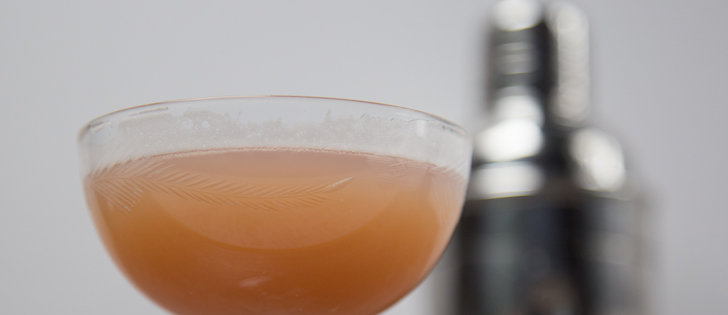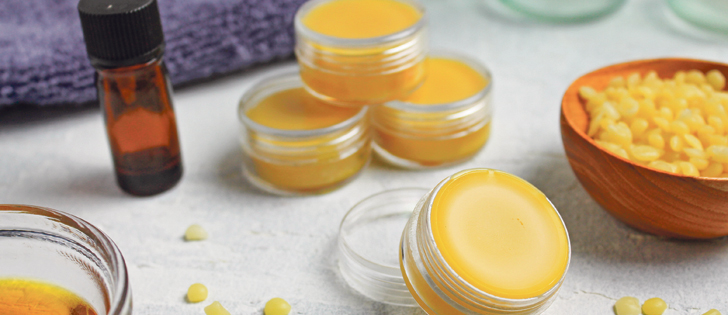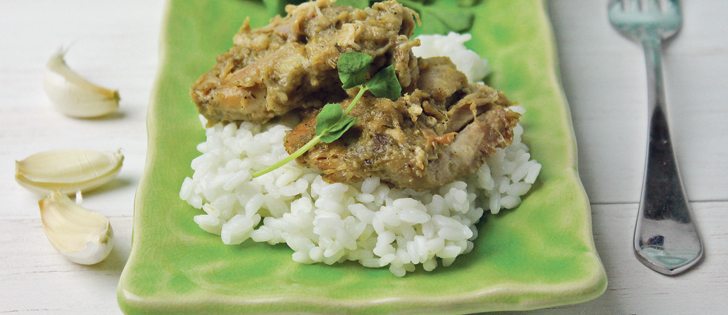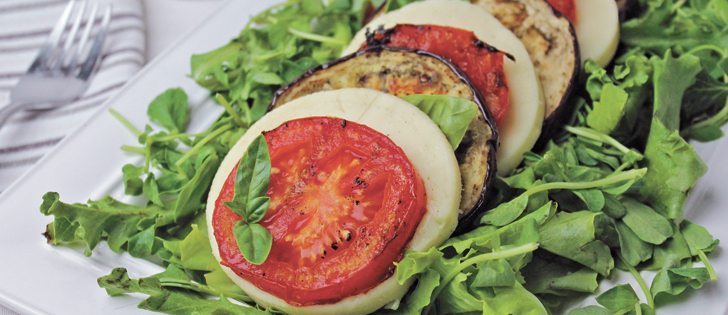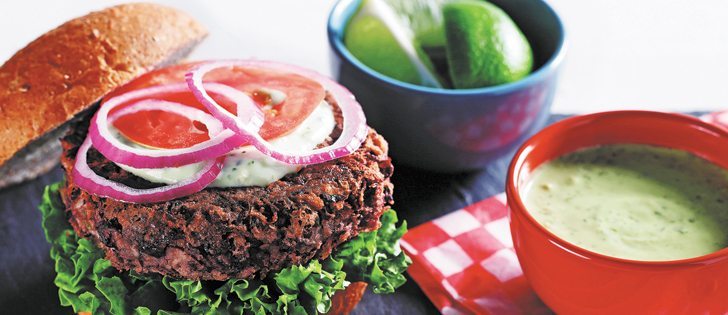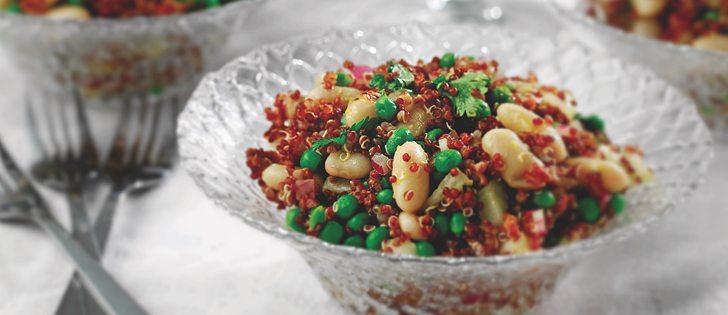Selecting fish:
A successful day of fishing on one of Canada’s lakes with a fish fry for supper is a day well spent. The fish is at its freshest, the ingredients simple and you are surrounded by nature.
But now that summer is winding down and your supply of fresh lake fish is drying up, what do you need to know to keep eating fish all year long?
Buying fish involves balancing a heart healthy option with concerns over contamination and sustainable fishing practices. Ths may be one of the reasons most Canadians do not eat the recommended two servings of fish per week.
Read Also

Know what costs are involved in keeping crops in the bin
When you’re looking at full bins and rising calf prices, the human reflex is to hold on and hope for more. That’s not a plan. It’s a bet. Storage has a price tag.
Growing up on a farm in land-locked Saskatchewan, I did not have access to fish except at the lake in the summer or in canned tuna and salmon sandwiches or fish sticks.
Fish is not an inherent go-to-source of protein like beef, pork and chicken for me. However, it is now easy to find good sources of fish at the grocery store and with health and fresh flavours in mind, I love trying new fish recipes.
What do you need to know to make good fish choices?
Let’s start with the nutritional benefits. Whitefish, such as pike and pickerel are great sources of low saturated fat protein but do not contain significant amounts of the desired heart healthy omega 3 fats.
Eating fatty fish high in omega 3 fats such as salmon, Arctic char, mackerel, sardines, trout, tuna and halibut improves heart health, brain function, blood pressure and has anti-inflammatory properties.
This is the fish that we are supposed to eat to meet Canada’s Food Guide recommendation of two servings per week. The Journal of the American Medical Association reports that eating the recommended two servings each week can reduce the risk of dying from heart disease by more than one-third.
What about contamination? Mercury, dioxins, polychlorinated biphenyls (PCBs) and pesticide residues are most troubling, but health and environmental agencies state that the health benefits of eating fish about twice per week outweigh any risks, especially if you follow a few guidelines:
Choose from a variety of fish sources that usually contain low levels of contamination: shellfish (scallops, clams, mussels, oysters, shrimp, lobster, crab) salmon, trout, herring, haddock, pollock (Boston bluefish), sole, Atlantic mackerel, flounder, canned tuna and lake whitefish, such as pike and pickerel.
Canned tuna comes from younger smaller fish and has significantly less mercury then fresh or frozen tuna.
Avoid eating predatory fish such as shark, king mackerel, swordfish or tilefish (golden bass or golden snapper) because they contain higher levels of mercury. They eat a lot of other fish and live longer than most fish so the levels are higher.
Don’t exceed the recommended amount, which is less for pregnant women and small children.
Looking for sustainable sources? For more information, visit seachoice.org and seafoodwatch.org.
Fish is widely viewed as a healthy food and with a little research and a great recipe, it’s a dish your family will savour. I have included recipes for whitefish, as well as higher omega 3 fish such as salmon and canned tuna.
Grilled fish tacos with citrus slaw
Marinade:
- 1 tbsp. chili powder 15 mL
- 1/4 c. canola oil 60 mL
- 2 tbsp. fresh lemon or lime juice 30 mL
- 4 firm white fish fillets
Citrus slaw:
- 2 c. prepared coleslaw mix 500 mL
- 1 c. orange sections, diced 250 mL
- 1 each small red pepper, small red onion, thinly sliced
- 1/2 c. white vinegar 125 mL
- 1/4 c. canola oil 60 mL
- 3 tbsp. granulated sugar 45 mL
- 1 tsp salt 5 mL
- 1/4 tsp. pepper 1 mL
Tacos:
- 4 whole wheat tortillas (10 in/25.5cm size)
- lemon and or lime wedges
- cilantro leaves (optional)
In a bowl, combine chili powder, canola oil and lemon juice. Add fillets and marinate for 20 minutes.
Remove from marinade and arrange fillets in grilling pan. Brush marinade over fillets.
Grill six to eight minutes on each side or until fish flakes easily when tested with a fork.
To prepare citrus slaw: In a bowl, combine coleslaw mix, oranges, pepper and onion.
In a small bowl, whisk together vinegar, canola oil, sugar, salt and pepper. Pour over slaw mixture and gently toss. Cover and chill until ready to serve.
To serve: Place one fillet on a tortilla and top with 3/4 cup (175 mL) citrus slaw. Squeeze lemon and lime over slaw. Fold and roll tortilla. Garnish with cilantro, if desired. Yield: Four servings. Source: canolainfo.org
Grilled Salmon Over Lentil Salad with Walnut Vinaigrette
Carla Hall of the show, The Chew, developed this recipe.
- 4 salmon fillets (4 oz/125 g portions), skin removed
- canola oil cooking spray
Marinade:
- 2 tbsp. Dijon mustard 30 mL
- 2 tbsp. canola oil 30 mL
- 2 sprigs fresh tarragon, pulled and roughly chopped
- 1 clove garlic, minced
Lentil salad:
- 1 c. dry brown or green lentils, rinsed 250 mL
- 2 garlic cloves, peeled and smashed
- 1 bay leaf
- 1 rosemary sprig
- 1 medium carrot, finely diced
- 1 celery stalk, finely diced
- 1/4 c. each red onion and parsley, finely chopped 60 mL
- 1 tbsp. chopped tarragon 15 mL
Walnut vinaigrette:
- 2 tbsp. red onion, minced 30 mL
- 2 cloves garlic
- 1 tbsp. Dijon mustard 30 mL
- 1/4 c. rice or champagne vinegar 60 mL
- 1/2 c. canola oil 125 mL
- 1/2 c. walnuts, toasted and chopped 125 mL
- 1/4 tsp. pepper 1 mL
- lemon wedges for garnish
In medium bowl, combine all marinade ingredients. Place salmon in marinade and gently toss until coated. Place fish in resealable bag in refrigerator for at least one hour.
Heat grill to 375 F (190 C), when it’s too hot to hold hands above coals for more than five seconds.
In five-quart pot, bring three cups (750 mL) of water to a boil. Add lentils, garlic cloves, bay leaf and rosemary sprig. Cook lentils until tender, about 30 minutes. Strain in colander.
In plastic bowl or cup with fitted lid, combine all vinaigrette ingredients. Shake until thoroughly mixed and emulsified. Season with pepper.
In large bowl, toss lentils, carrots, celery and red onions together. Stir in enough vinaigrette, about 1/4 cup (60 mL), to coat lentil mixture and store rest in refrigerator for up to one week. Toss in fresh parsley and tarragon.
Spray grill rack lightly and cautiously with cooking spray, then carefully place salmon fillets on hot grill two inches (5 cm) apart. Cook on each side three to four minutes at diagonal angle to grill rack for professional-looking grill marks. Remove salmon from grill and serve over lentil salad. Garnish with lemon wedges, if desired. Yield: Four servings.
Tip:
As another time-saver, the components of the lentil salad may be made up to a day ahead and tossed in the vinaigrette at the last minute or two hours before serving. As a quicker alternative, use 1 1/2 cups (375 mL) canned, rinsed lentils or black or small red beans instead. Source: canolainfo.org.
Whitefish with Potatoes, Fennel and Carrots
Enjoy this seafood and vegetable dinner with simple ingredients and instructions, but with the taste and look of a restaurant meal.
- 2 tbsp. canola oil 30 mL
- 1 medium onion, thinly sliced
- 2 cloves garlic, minced
- 1 small fennel bulb, trimmed and cut into thin slices, a few fronds reserved
- 4 small potatoes, thinly sliced
- 2 large carrots, peeled and shaved into large pieces
- 3/4 c. low-sodium chicken broth 175 mL
- 2 tbsp. tomato paste 30 mL
- 3 wide strips orange peel, white pith removed
- 4 whitefish fillets (4 oz/125 g each)
In large non-stick pan, heat canola oil over medium-high heat. Add onion and garlic and saute until onion is soft, about six to seven minutes. Add fennel and continue to cook until fennel is tender crisp, about four to five minutes. Add potatoes and carrots. Continue cooking.
Whisk together chicken broth and tomato paste and add to pan along with orange peel. Simmer 10 minutes, covered.
Place fillets on top of vegetables. Cover pan and cook 10 minutes longer or until fish is cooked throughout. To serve, garnish with fennel fronds. Yield: Four servings. Serving size: One fillet and one cup (250 mL) vegetables.
Source: canolainfo.org.
Salmon and Quinoa Patties
Enjoy these patties accompanied with grilled vegetables on wholegrain rolls or made into 16 mini-patties for an easy appetizer. This recipe was developed by dietitian Patricia Chuey (www.patriciachuey.com).
- 2 tbsp. canola oil, divided 30 mL
- 1 c. minced onion 250 mL
- 1/2 c. finely chopped celery 125 mL
- 1 cup cooked quinoa 250 mL
- 2 cans, 180 g each, salmon, rinsed and drained
- 3 eggs
- 2 tbsp. green relish 30 mL
- 1/2 tsp. salt 2 mL
In a large non-stick pan, heat one tablespoon (15 mL) canola oil over medium heat. Add onion and celery and saute or about five minutes. Remove from heat.
In large bowl, combine prepared quinoa with cooked onions and celery. Add salmon, eggs, relish and salt. Stir well to combine.
Shape mixture into eight patties, about 1/3 cup (75 mL) mixture each.
In a saucepan, heat remaining canola oil over medium heat.
Cook patties for three to four minutes, undisturbed, per side or until golden brown. Flip over and continue cooking for about four additional minutes. Yield: Eight patties. Source: canolainfo.org.
Cumin crusted fish
This quick, easy and healthy saute is perfect for any white fish. It is a great dish at the lake for all the fish you catch.
- 1/2 tbsp. ground cumin 7.5 mL
- 1/4 tsp. thyme 1 mL
- 1 tsp. paprika 5 mL
- 1/2 tsp. lemon pepper 2 mL
- 1 lb. white fish fillets (walleye, halibut, cod) 500g
- 1/2 tbsp. canola oil 7.5 mL
- 2 tbsp. chopped parsley 30 mL
- lemon or lime wedges
In a small bowl, mix together cumin, thyme, paprika and lemon pepper.
Rub spice mixture on both sides of fillets.
In a large skillet, set over medium heat, heat canola oil. Add fish fillets and cook until browned on both sides and fish is opaque in the centre, about four minutes per side.
Sprinkle with parsley and serve immediately with lemon or lime wedges.
Yield: Four servings. Serving size: Four ounce (125 g) fish. Source: canolainfo.org.
Sweet Soy and Tuna-Topped Bibb Wraps
These Asian-inspired wraps make a quick and healthy lunch. The almonds give them a nice crunch.
- 1/2 package (10 oz.) finely shredded coleslaw mix
- 1 c. frozen green peas, thawed 250 mL
- 1/2 c. slivered almonds, toasted (2 oz) 125 mL
- 2 tbsp. each low-sodium soy sauce, canola oil, granulated sugar and cider vinegar 30 mL
- 1/4 tsp. dried pepper flakes 1 mL
- 12 Boston Bibb lettuce leaves
- 1 can (5 oz.) low-sodium tuna, rinsed and drained 140 g
In large bowl, combine coleslaw mix, peas and almonds.
In small bowl, whisk together soy sauce, canola oil, sugar, vinegar and pepper flakes.
Place lettuce leaves on large platter, spoon equal amounts of coleslaw mixture in each of leaves. Spoon equal amounts of soy mixture evenly over each (about 2 tsp./10 mL each) and sprinkle evenly with flaked tuna.
Yield: Four servings. Serving Size: three lettuce cups with one cup (250 mL) mixture and two tablespoons (30 mL) sauce).Source: canolainfo.org.
Tips for buying and preparing fish
- If you’re buying a whole fish, look at the eyes. If they are cloudy, don’t buy the fish.
- The flesh of fresh fish should always be firm and adhere firmly to the bone. Flesh should spring back when touched.
- When buying a fillet, it should have sheen, not slime (unless it’s catfish, which is usually always slimy).
- Fish should smell fresh, like fish, but the odour shouldn’t be too strong.
- The fish shouldn’t be dry. If it is, that means it was exposed to air and wasn’t packed correctly.
How much to buy:
- Whole round fish: 3/4-1 lb. per person
- Dressed – Cleaned: 1/2-3/4 lb. per person
- Fillets or Steaks: 1/3-1/2 lb. per person
Marinating fish:
- Always marinate fish and shellfish in the refrigerator, never at room temperature.
How to tell if a fish is cooked:
- General rule of thumb is to cook fish about eight to 10 minutes per inch of thickness.
- Fish continues to cook after removing from heat so it is best to stop cooking when the fish is just about cooked.
- Since the meat of the fish is somewhat translucent, it begins to become opaque as it cooks, which is one method of visually checking for doneness. Use a knife or fork to check the interior of the fish. It should gently resist flaking but show signs of firming. It is the just before the flaking stage that you are aiming for.
- Flaking generally indicates that too much moisture has been lost and the fish is becoming dry or overcooked.
To thaw frozen fish or seafood:
- Thaw fish slowly in the refrigerator for 24 hours, never at room temperature for food safety reasons.
- If you’re in a hurry, run tightly wrapped fish under cold water. Cook it as soon as possible to minimize the loss of juices.
- Try not to thaw frozen fish completely before cooking or it may make it dry and mushy.
Using leftover fish:
- You can keep it up to three days
How to eliminate odours when cooking:
- Put drops of lavender on cloth or put out a small bowl of white vinegar in the kitchen.
- Recipes that include green onion, lemon juice, vinegar, wine and rice wine neutralize the fat in fish. When the fat is neutralized, the fish odour disappears.
Dorothy Sandercock is a home economist in the agrifood trade and former greenhouse grower from Lloydminster, Sask. She writes
a blog at prairiekitchencompanion.blogspot.ca. Contact: food@producer.com.


